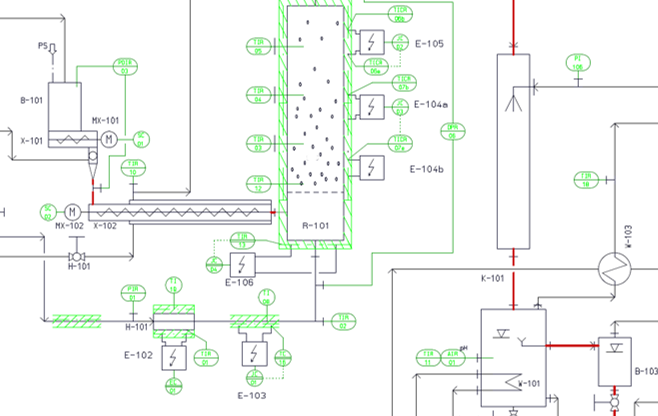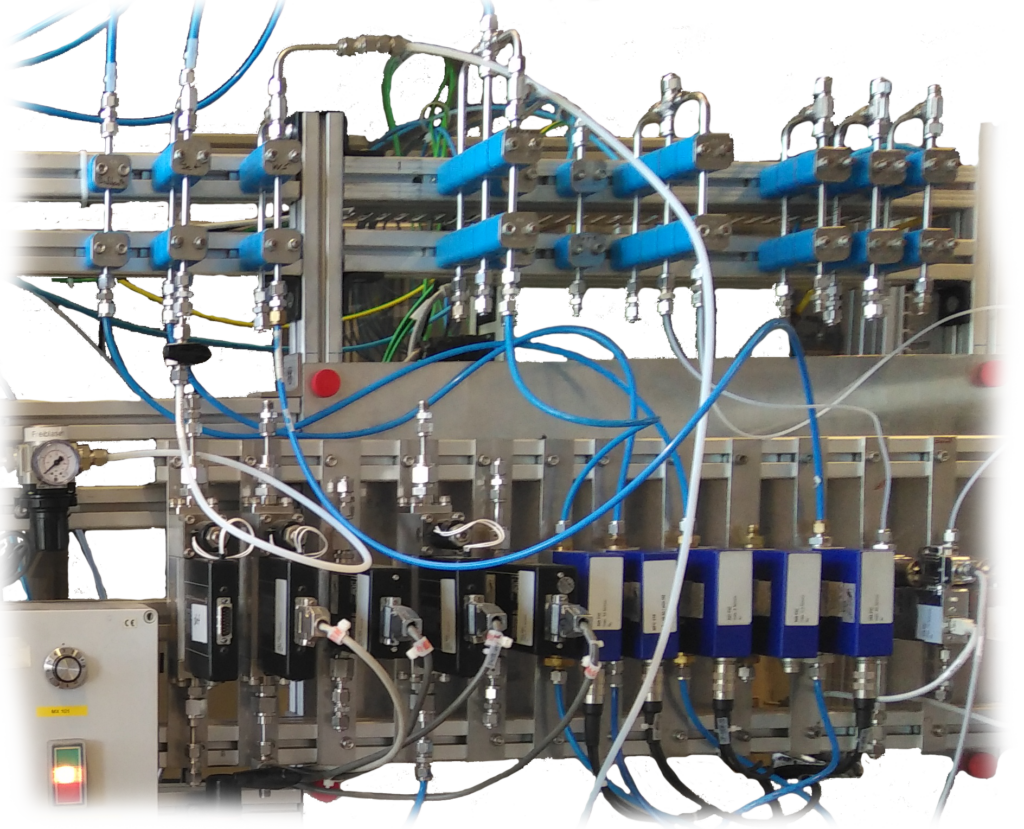

The Mission
Our mission is to establish processes for the chemical recycling of fluoropolymers by bringing together the diverse skills and resources of engineering companies, waste collectors, fluoropolymer producers, processors, end-users, industry associations and monomer users.
This includes the supply chains for production waste from fluoropolymer processing and for EOL polymers, as well as the development of a strategy for R22-free production of fluoropolymers based on secondary raw materials.
Building on all these interests, Element9 will establish a strong circular economy for fluorinated polymers.

Background
Polymer recycling and the associated closing of material cycles is an essential development task for the polymer industry. Materials such as fluoropolymers occupy a special position due to their chemical composition, their low market volume and their mostly industrial application, as they cannot be recycled together with bulk polymers such as polyethylene at the end of their life cycle.
Fully fluorinated polymers will have a market share of around 29 kt in 2020, representing the majority of fluorinated polymers. The disadvantage of energy and resource intensive production can be compensated in the case of perfluorinated polymers by the fact that, in addition to mechanical recycling of sorted production waste from polymer processing, contaminated EOL material can also be chemically recycled with high yields of up to 90% based on the CF2 content in the polymer.
[1] C. Linder, H. Beylage und J. Hein, „Fluorpolymer waste in Europe 2020 – End-of-Life (EOL) analysis of fluoropolymer applications, products and associated waste streams,“ Conversio / proK Fachgruppe, 2022.
Chemical recycling of fully fluorinated polymers: Depolymerisation
Perfluorinated polymers are ideal candidates for chemical recycling. When heated, perfluorinated polymers decompose into the basic monomers, e.g. tetrafluoroethylene (TFE) and hexafluoropropylene (HFP), and can be recovered.
In this process, the EOL polymers are split back into the TFE/HFP monomer building blocks. After distillation, which can be carried out using existing equipment from the classic production process, the fluoropolymers can be synthesised again from the monomers without any loss in quality. In addition to a significantly reduced CO2 footprint, this process can also save significant amounts of other resources compared to conventional fluoropolymer production, hence the term “upcycling”.
The energy consumption/demand for the production of TFE/HFP monomers is quite high (200 MJ/kg). InVerTec, together with Dyneon/3M, has developed the so-called PTFE upcycling technology to recycle perfluorinated polymers back into the valuable monomers with high yields. Based on this technology, a 500 tonne pilot plant was designed and built. The plant has been operational since 2016.
Based on the current discussions on PFAS, fluoropolymers and additionally on CO2 credits, it seems imperative to expand the upcycling technology and use it on a large scale to establish a closed loop/circular economy for this class of polymers.

The vision

Element9 is also actively promoting recycling efforts for partially fluorinated polymers such as THV, PVDF, ETFE, FKM, etc. or compounds and laminates of perfluorinated polymers with hydrocarbon polymers in order to use such technologies on a large scale.
It is also mandatory that all efforts/activities of Element 9 are guided by the zero-emission strategy.
Based on these activities, the fluorine cycle will be closed for all fluoropolymers.
Activities along the process chain
- Development of business models for EOL-material based fluorochemicals
- Development of waste management strategies for end-of-life materials
- Quality management for secondary raw materials (quality control and pre-treatment of EOL-material)
- Design and engineering of Up-Cycling plants
